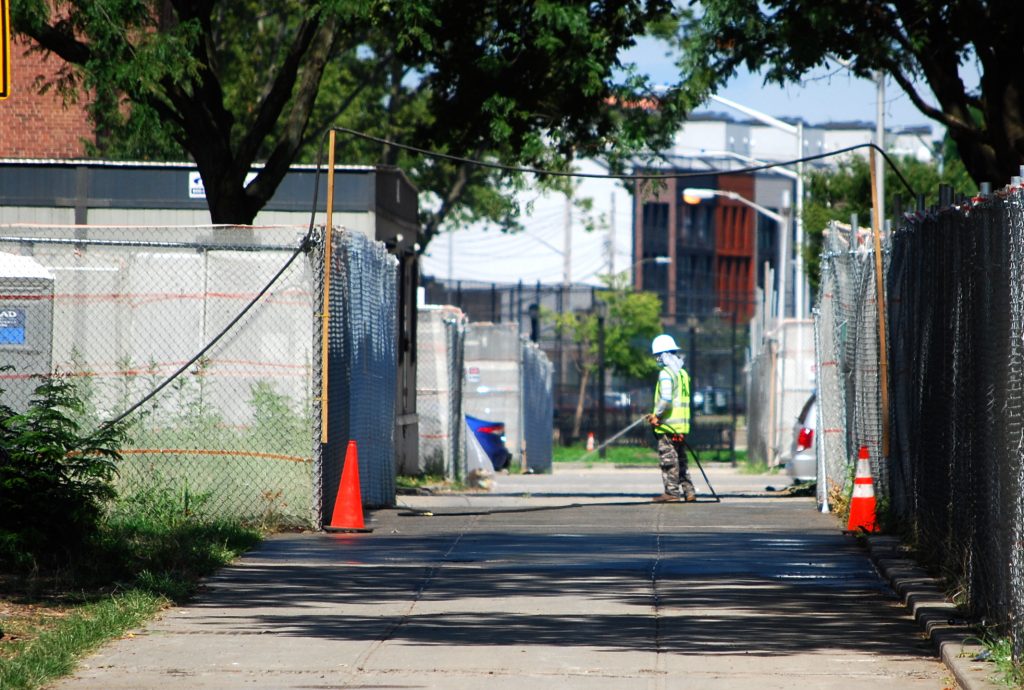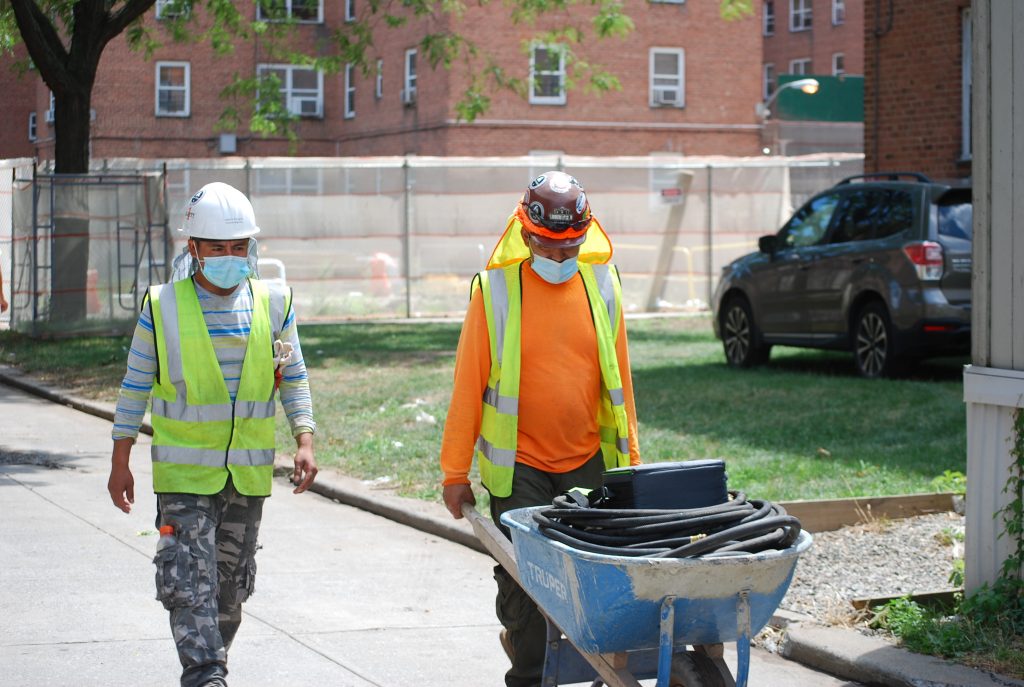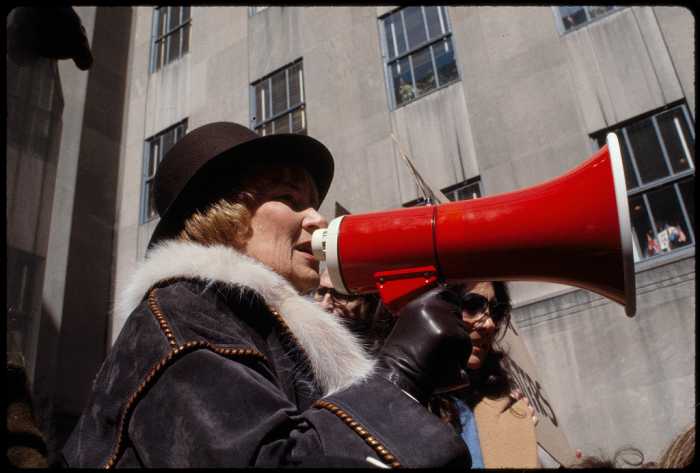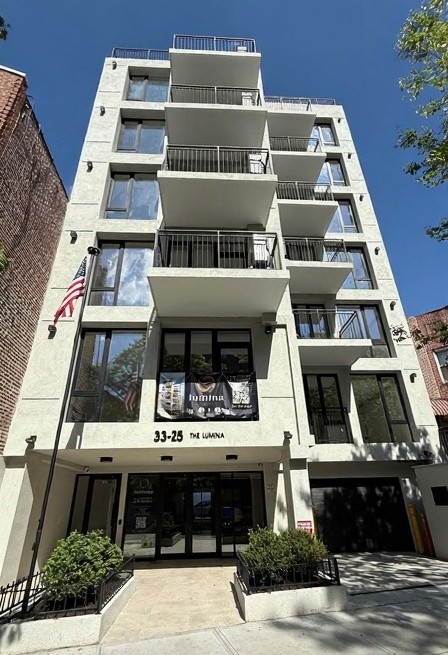Council Representative Sinade Wadsworth, for the New York City District Council of Carpenters, is a passionate carpenter that spends her time ensuring the protection of Black and Brown construction worker’s rights.
There are many successful programs with a proven track record that provide sustainable pathways out of poverty unlike others who cheat our communities, said Wadsworth, about other organizations operating in spaces like Brownsville.
She pinpointed newer construction companies allegedly owned by wealthy developers that she said don’t actually help Black and Brown male and female construction workers stay in their communities.
“They do offer jobs from the community, but at what cost? Because a job is nice but you want a career. You have to be able to sustain in order to live there,”said Wadsworth about workers being paid “dirt wages.”
Wadsworth said that in terms of history Black and Latinx people tend to be non-union and therefore lose out on the inherent benefits because of a misguided stigma or fear of losing their jobs. Unions tended to be more white male, she said, for a long time but there’s more diversity happening.

A survey, conducted by The New York Construction Alliance (NYCA) back in 2017, found that nearly three-quarters of the City’s open shop construction workers, meaning both union and non-union, are Black and Brown.
Karen Blondel is a Red Hook community activist and organizer that’s currently working to temporarily stop construction projects in Red Hook East and West housing projects.
She described workers as divided, on one side of the gate people likely get paid $70 an hour and on the other they get paid closer to $25 because of the separation of union and non-union members. Blondel said the construction workers who are non-union New York City Housing Authority (NYCHA) workers and caretakers get paid less, which affects the quality of their work.
“When you join the union, you’re able to retire. Right, non-unions don’t have that,” said Wadsworth about the differences in representation.
Last year, a controversial prevailing wage bill, led advocates and elected officials to worry that changing the definition of public works would change the diversity scope on construction sites, leaving nonunion contractors of color out of the equation.
“9 times out of 10, when I tell someone I’m from the union, ‘I’m here to help you.’ It’s all this pressure. Officer saying well don’t talk to her, we’ll fire you. It’s automatically, ‘the union’s bad, there’s all these white people, you’re never going to make it,’ ”said Wadsworth.

Randolph Knight, 48, is a former boxer and Panama native that’s lived in Brooklyn for over 30 years. He said he was underpaid and felt mistreated by management. He said that he worked to get certified with various licenses and should’ve been compensated with more than just $16.50 in hourly wages, which he compared to “working at McDonald’s” money.
“They don’t respect you,” said Knight as to why he left his construction job at Livonia Avenue and Bristol Street about three weeks ago. Knight said he was also interested in joining the union, while other people shied away, because it meant more money and had spoken to representatives that had visited the site while he was working with LMN construction company.







